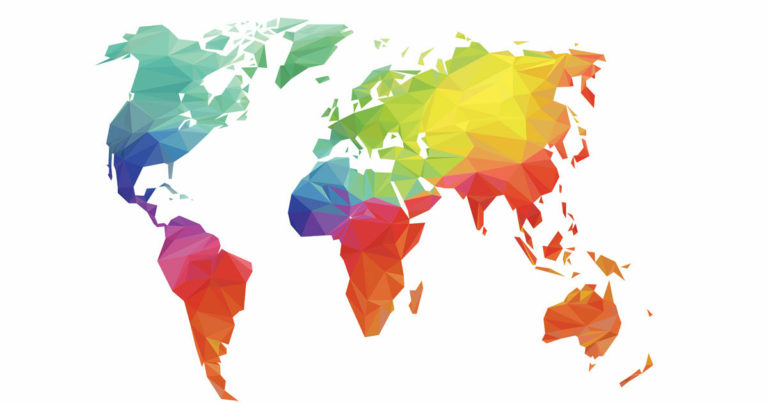

Key Points:
- On average, across the 27 sampled countries in the report, 1% of adults identify as transgender, non-binary/gender non-conforming/genderfluid or in another way rather than as male or female.
- 4% of adults in Germany or Chile, 3% of adults in countries such as Argentina or Australia, and 2% of adults in countries such as Canada or India identify as a gender outside of the gender binary, such as such as non-binary, gender non-conforming or genderfluid, compared to 1% of adults in the U.S.
- Younger adults are more likely to identify as transgender or non-binary, with 4% of adults in Gen Z identifing as transgender, non-binary/gender non-conforming/genderfluid or in another way rather than as male or female, compared to 2% of Millennials, 1% of Gen X and less than 1% of Baby Boomers.
- On average, across the 27 countries surveyed in the report, 4% of adults identify as bisexual, 3% identify as gay or lesbian, 1% identify as pansexual or omnisexual and 1% identify as asexual.
- In the U.S., as many as 2% of adults identify as pansexual/omnisexual, while Sweden has the highest prevalence of those describing themselves as asexual (3%).
By Nicolas Boyon
Ipsos’s LGBT+ Pride 2021 Global Survey points to a wide generation gap around gender identity and sexual attraction. On average, across the 27 countries surveyed, those who identify as transgender, non-binary, non-conforming, gender-fluid, or other than male or female make up 4% of Gen Z (born since 1997) compared to 1% among all adults. Younger adults are also significantly more likely to identify differently from heterosexual and to say they are equally attracted to both sexes.
The survey, which was conducted on Ipsos’s Global Advisor online platform among more than 19,000 individuals aged 16 (or 18, depending on the country) to 74 between April 23 and May 7, 2021, shows how much exposure to LGBT+ people and engagement with the LGBT+ community varies across the world.
[…]
The survey also finds a lot more support than opposition toward corporate activism promoting equality.
Majorities in most (but not all) countries support LGBT people being open about their sexual orientation or gender identity with everyone. And there is generally more support than opposition toward LGBT people displaying affection in public and more LGBT characters on TV, in films and in advertising.
There is a great deal of support in most countries for lesbian, gay and bisexual athletes in sports teams being open about their orientation. On the other hand, when it comes to allowing transgender athletes to perform according to the gender they identify with, public opinion is divided and varies widely across countries.
The full survey is available here.